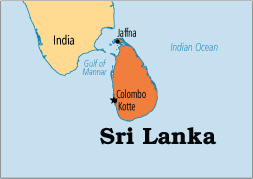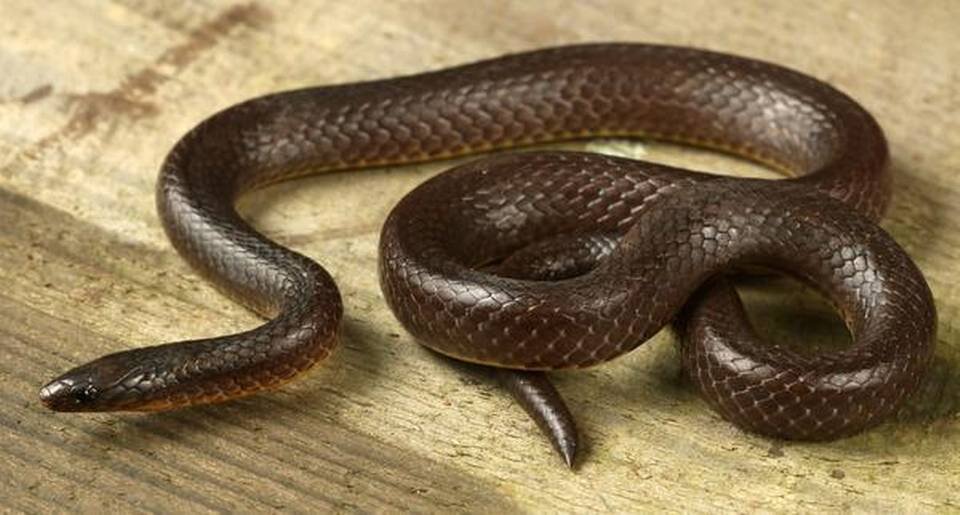Biodiversity & Environment
Emissions Gap Report by UNEP
Why in News
Recently, the United Nations Environment Programme (UNEP) released ‘Emissions Gap Report’, according to which India is the fourth-largest emitter of Green House Gases (GHGs).
Key Points
- The world will fail to meet the 1.5°C temperature goal of the Paris Agreement unless global greenhouse gas emissions fall by 7.6 per cent each year.
- The top four emitters (China, USA, EU and India) contributed to over 55% of the total emissions over the last decade, excluding emissions from land-use change such as deforestation.
- The rankings would change if land-use change emissions were included, with Brazil likely to be the largest emitter.
- Sectors that are the largest emitters- Energy>Industry>Forestry>Transport>Agriculture>Building.
- India is among a small group of countries that are on their way to achieve their self-declared climate targets under the Paris Agreement. However, the emissions largely depend on the growth of the economy of the country.
Emissions Gap Report
- It is a flagship report from UNEP and it assesses the gap between anticipated emissions in 2030 and levels consistent with the 1.5°C and 2°C targets of the Paris Agreement.
- Every year, the report features ways to bridge the gap. This year, the report looked at the potential of the energy transition – particularly in the power, transport and buildings sectors – and efficiency in the use of materials such as iron steel and cement.
- It considers different scenarios, from no new climate policies since 2005 to full implementation of all national commitments under the Paris Agreement.
- It provides the latest assessment of scientific studies on current and estimated future Green House Gases (GHGs) emissions and compares these with the emission levels permissible for the world to progress on a least-cost pathway to achieve the goals of the Paris Agreement.
India's Intended Nationally Determined Contributions (INDCs) to be achieved primarily, by 2030
- To reduce the emissions intensity of the GDP by about a third.
- A total of 40% of the installed capacity for electricity will be from non-fossil fuel sources.
- India also promised an additional carbon sink (a means to absorb carbon dioxide from the atmosphere) of 2.5 to 3 billion tonnes of carbon dioxide equivalent through additional forest and tree cover by the year 2030.
Indian Polity
Starred Questions In Parliamentary Proceedings
Why in News
The ongoing Winter Session of 17th Lok Sabha has taken all the 20 starred questions for the first time since 1972.
- The previous record was created during the 5th Lok Sabha (1972) when 14 starred questions were answered.
- In the 5th Lok Sabha (1972), the number of starred questions was fixed at 20 per Question Hour. Similarly, for the Rajya Sabha, the number is fixed at 15.
- Members of Parliament have a right to ask questions which is one of the devices available to them to seek information on matters of public importance.
- The Question Hour is one such mechanism in which the members ask questions on varied aspects of administration and governmental activity.
Question Hour
- The first hour of every parliamentary sitting is termed as Question hour.
- It is mentioned in the Rules of Procedure of the House.
- During this time, the members ask questions and the ministers usually give answers.
- The questions are of three types, namely,
- Starred questions:
- These are distinguished by an asterisk.
- It requires an oral answer and hence supplementary questions can follow.
- The list of these questions is printed in green colour.
- Unstarred questions:
- It requires a written answer and hence, supplementary questions cannot follow.
- The list of these questions is printed in white colour.
- Short notice questions:
- The matters of public importance and of urgent character are considered under this type of questions.
- It is asked by giving a notice of less than ten days.
- It is answered orally.
- The list of these questions is printed in light pink colour.
- Starred questions:
- In addition to the ministers, the questions can also be asked to the private members.
- Question to private members:
- These questions are mentioned under Rule 40 of the Rules of Procedure and Conduct of Business in Lok Sabha.
- A question may be addressed to a private member if the subject matter of the question relates to some bill, resolution for which that member is responsible.
- The list of these questions is printed in yellow colour.
- Question to private members:
International Relations
World Anti-Doping Agency
Why in News
Recently, one of the World Anti-Doping Agency’s (WADA) panels has suggested banning Russia for four years from competing in international events, including the Tokyo (2020 Summer) Olympics.
Key Points
- Over the last few years, Russia has been accused of running a sophisticated doping programme.
- International Olympic Committee (IOC) banned Russia’s participation at the 2018 Winter Olympics in Pyeongchang, South Korea.
- The Russian Olympic Committee was suspended and barred from attending the event. Only a few Russian athletes were allowed to perform under strict conditions.
- The IOC, WADA and other global federations launched a series of investigations to look into the matter.
World Anti-Doping Agency
- It was established in 1999 as an international independent agency composed and funded equally by the sport movement and governments of the world.
- Its foundation was initiated by the IOC to promote, coordinate and monitor the fight against drugs in sports.
- It is headquartered in Montreal, Canada.
- Its key activities include scientific research, education, development of anti-doping capacities, and monitoring of the World Anti-Doping Code – the document harmonizing anti-doping policies in all sports and all countries.
- Integrity, Accountability and Excellence are the core values of the agency.
International Olympic Committee
- It is a not-for-profit independent international organisation that is committed to building a better world through sport.
- It was created on 23 June 1894 and is the supreme authority of the Olympic Movement.
- It ensures the regular celebration of the Olympic Games, supports all affiliated member organisations and strongly encourages, by appropriate means, the promotion of the Olympic values.
Important Facts For Prelims
NuGen Mobility Summit 2019
Why in News
- The three day NuGen Mobility Summit is being held at Manesar in Haryana. It is organised by the International Centre for Automotive Technology (ICAT).
- It is the largest automotive technology event in the country so far.
- The theme of the event revolves around e-mobility and hydrogen mobility to ensure green, safe and affordable mobility.
- The objective of the summit is to share new ideas, global experiences, innovations and future technology trends for faster adoption and development of advanced automotive technologies for a smarter and greener future.
- The event also emphasizes over importance of combining agricultural sector with the automobile sector.
- Increased agricultural production of non-edible oil can be used for manufacturing of biodiesel.,which in turn helps to reduce dependency on fossil fuels.
International Centre for Automotive Technology
- International Centre for Automotive Technology (ICAT) is a division of NATRIP Implementation Society (NATIS) under the Department of Heavy Industries.
- National Automotive Testing and R&D Infrastructure Project (NATRIP) is the largest and most significant initiative in the automotive sector which comprises of representatives from the Government of India, a number of State Governments and Indian Automotive Industry.
- It aims to create a state of the art testing, validation and R&D infrastructure in the country.
- ICAT provides services for testing, validation, design of all categories of vehicles.
- It also intends to assist the automotive industry in adopting cutting edge technologies in vehicle evaluation and component development to ensure reliability, durability and compliance to the current and future regulations in new generation mobility solutions.
Important Facts For Prelims
Exercise Mitra Shakti
Why in News
The 7th edition of India-Sri Lanka joint military training exercise Mitra Shakti– 2019 is scheduled to be conducted in Pune from 01 - 14 December 2019.
- The exercise aims to build and promote positive relations between armies of India and Sri Lanka for counter-insurgency & counter-terrorism operations in the urban and rural environment under United Nations mandate.
- The joint exercise also aims for incorporating the current dynamics of United Nations peacekeeping operations through practical & comprehensive discussions and tactical exercises.
Important Facts For Prelims
New Snake Species Found in Arunachal Pradesh
Why in News
Recently, a new species of non-venomous burrowing snake, named Trachischium apteii has been found in the forested area of the Talley Valley Wildlife Sanctuary near the town of Ziro in Arunachal Pradesh.
- It belongs to a group of fossorial (adapted to digging) snakes that live mostly underground, and surface mainly during or after a heavy monsoon shower.





